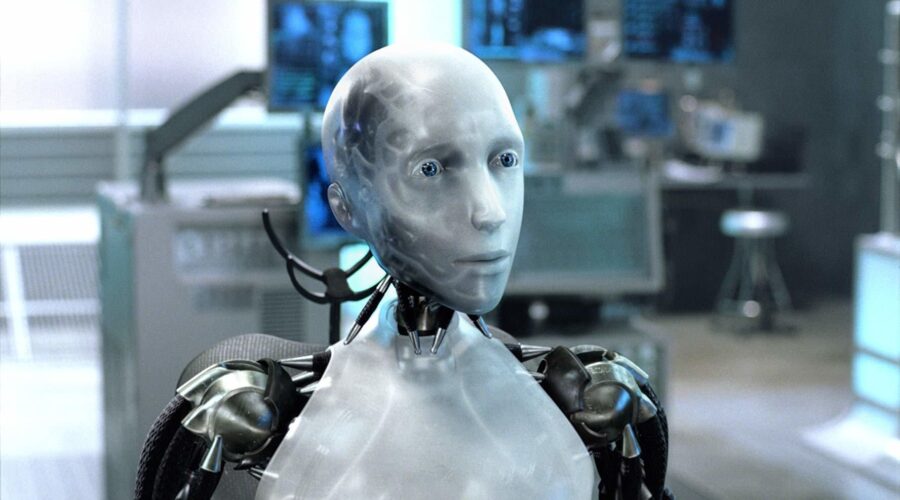See The Terrifying Walking And Flying Robot That Can Catch You Anywhere
Robots can fly, walk, and absolutely amaze--when they aren't terrifying. See the new video here.
This article is more than 2 years old

Ever since the dawn of the industrial revolution humanity has continued to push the limits of cutting edge technology and as a collective populous has achieved recording-breaking advancements with each passing decade. Individuals now live in an age characterized by what was once considered science fiction. This globalized world has given rise to consumer-level VR technology, touch screens with haptic feedback, surgical robotics and even flying cars. Every year there is something new on the horizon and such rapid advancement begs the question as to the possible dangers that could be associated with such uncharted territory. A post-apocalyptic Terminator future where Skynet reigns could actually become a reality or even perhaps one where humans are piloting the Jagers of Pacific Rim. In fact, a new incredible dextrous robot from Caltech could very well mark the beginning of an even more futuristic world.
This terrifyingly agile, but simultaneously extraordinary robot has been christened Leonardo. Leonardo, or Leo, is an acronym for Legs Onboard Drone. Leo was developed by Caltech’s Center for Autonomous Systems (CAST) and Technologies. He is a bipedal robot and has the capability to perform tasks like skateboarding and tightrope walking. Leo’s capabilities have the potential to supersede even the most nimble of humans. The CAST engineers were able to develop this robot’s capabilities by combining multi-joint bipedal legs with propeller thrusters. Have a look a Leo in action below.
A CAST Professor, Soon-Jo Chung, described that in order to create this new robot he and his fellow engineers actually drew inspiration from life. In particular, they studied the way birds move. Chung stated, “We drew inspiration from nature. Think about the way birds are able to flap and hop to navigate telephone lines. A complex yet intriguing behavior happens as birds move between walking and flying. We wanted to understand and learn from that.” The origins of modern birds date back to pre-historic times and the fact that their ancestors were able to adapt so fluidly is both astounding and important, thus understanding and being able to utilize such advanced and resilient movement is a logical choice in attempting to further explore the things that are yet to be understood.
Their main motivation behind creating a robot with such advanced dexterity was so that humans can eventually explore territories previously unreachable. For instance, Leo could be especially beneficial in space exploration. Theoretically, Leo could potentially ride on a rover sent down to explore a planet, Leo could then be launched from the rover to reach areas and pick up samples that the rover would be physically incapable of accessing or doing. Or, Leo’s bipedal robot capabilities could also possibly be utilized to attempt to further explore previously unreachable parts of Earth’s oceans. Given that the world is currently in the thick of a global climate crisis, technology that could help to provide new information about the world’s oceans could serve to provide more clues on how to effectively combat the effects of climate change.
Leo the robot’s capabilities might be terrifying to some, however, at the same time it is intriguing to think of the overwhelming potential that this little dextrous piece of machinery has and how this technological advancement with human-grade finesse could eventually serve to provide an array of new knowledge that could spawn countless scientific breakthroughs.












